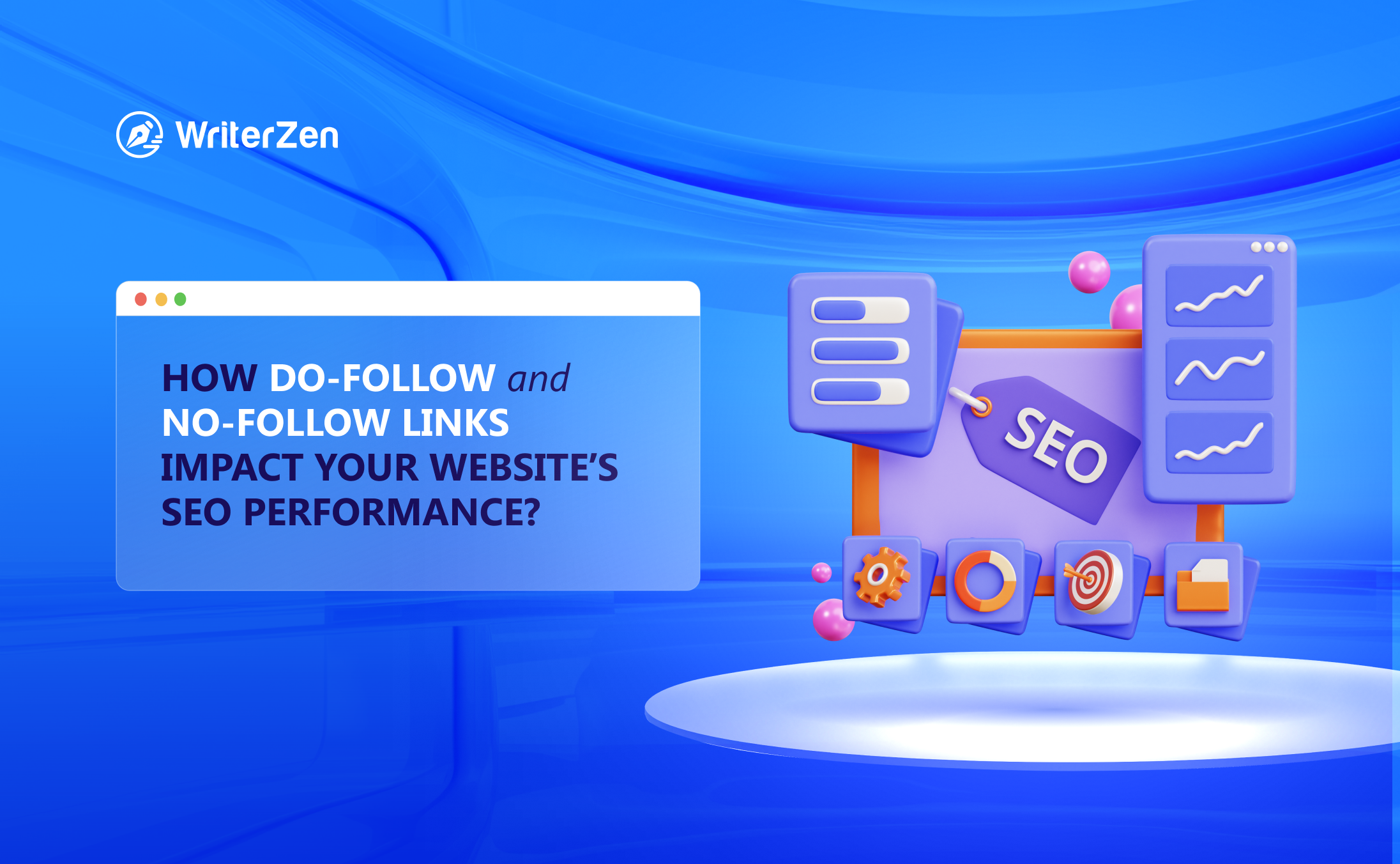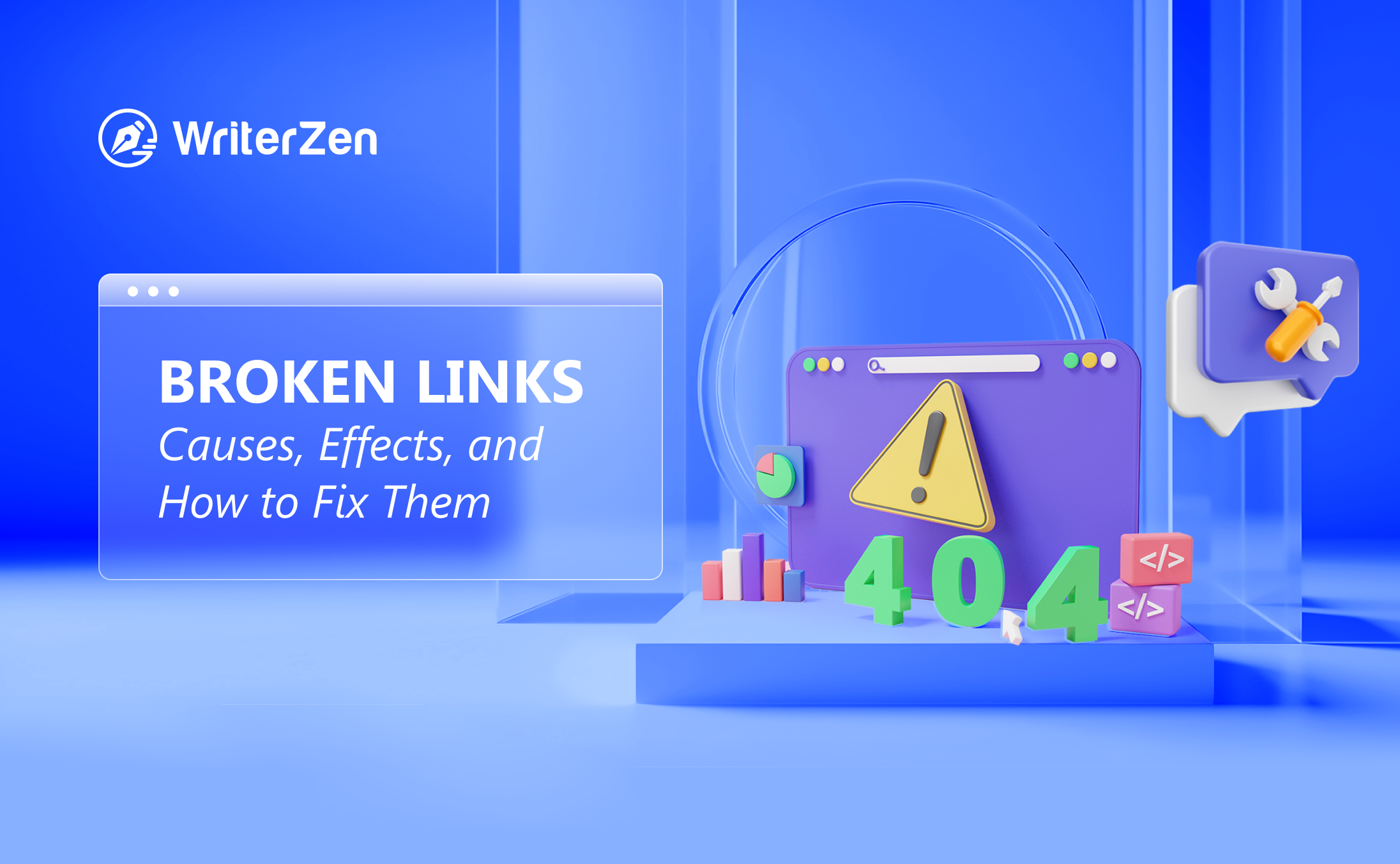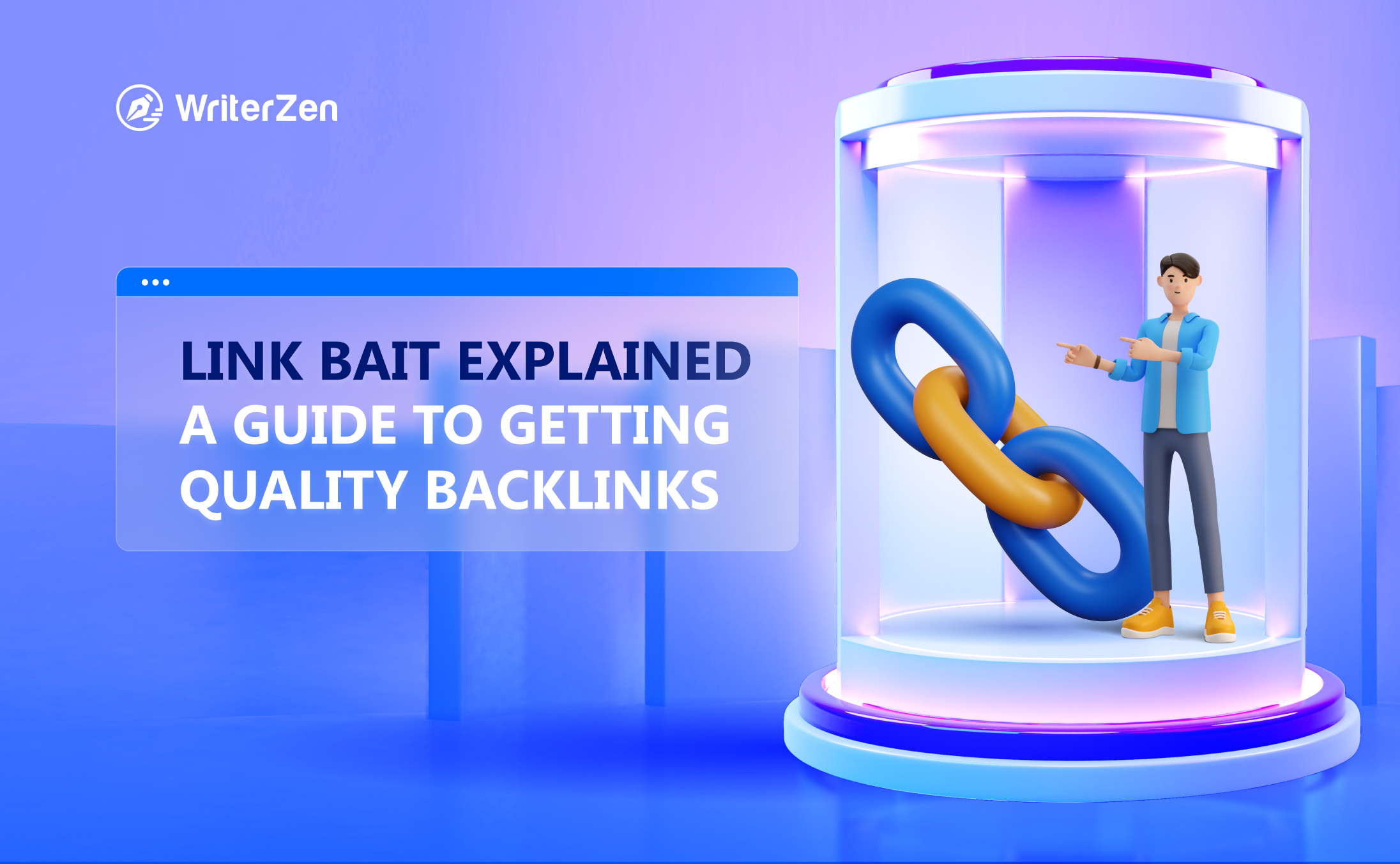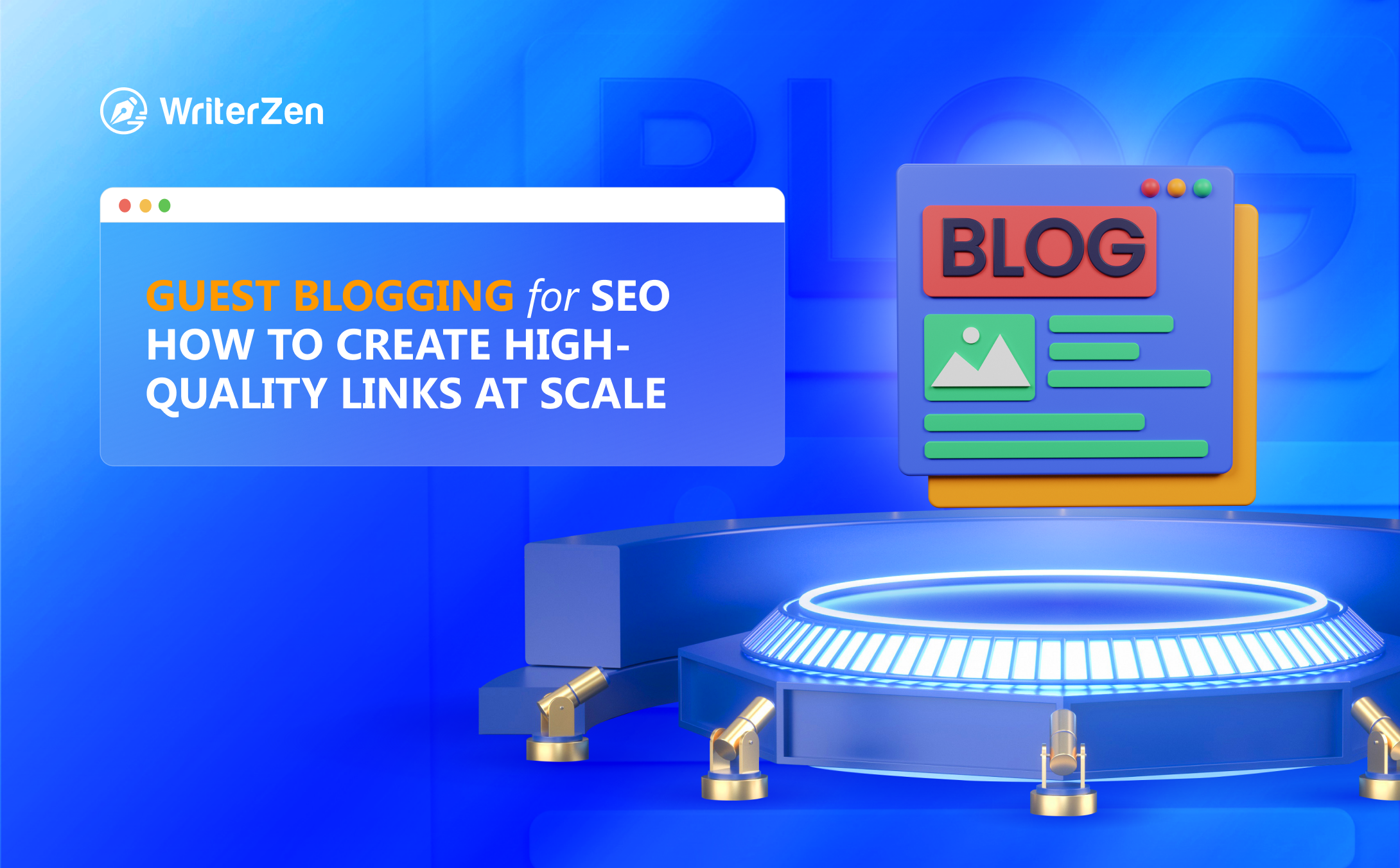In the world of website navigation and connectivity, hyperlinks serve as vital bridges between web pages and resources. They enable seamless transitions and facilitate user exploration.
When it comes to hyperlinking within websites, two primary types of links emerge: do-follow and no-follow links. These two categories of hyperlinks have unique characteristics and implications for website owners and search engine optimization.
This article will explore the differences between the two and how they can affect your site’s SEO.
Definitions of Do-follow and No-follow Links
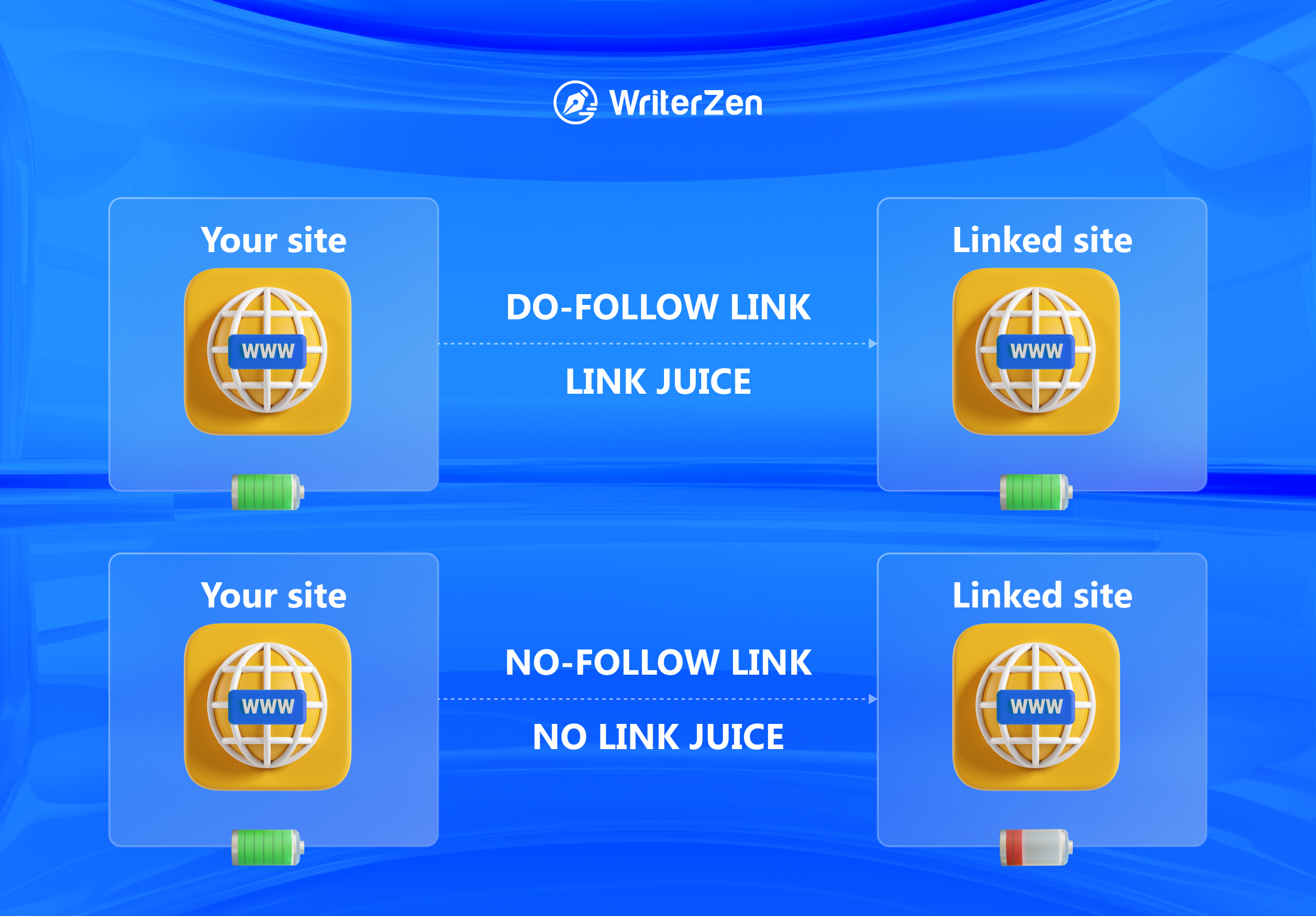
Do-Follow Links
A do-follow link is a hyperlink that allows search engine crawlers to follow it and pass on link equity, or “link juice,” to the linked webpage. When a website links to another site with a do-follow link, it is essentially endorsing that site and indicating to search engines that the linked site is trustworthy, authoritative, and valuable.
Do-follow links can be beneficial for a website's search engine ranking, as they can help improve the site's overall authority and relevance for specific search terms.
However, it is important to use do-follow links in moderation and ensure that they are relevant and natural, as overusing them or linking to low-quality or spammy sites can lead to penalties from search engines.
Examples
There are many sources of do-follow links available on the internet. Some examples of sources that typically provide do-follow links include:
-
Social media profiles: Many social media platforms, such as Twitter, Facebook, and LinkedIn, provide do-follow links from user profiles.
-
Blog comments: If you leave a comment on a blog that uses the do-follow attribute for its links, you can get a do-follow backlink to your website.
-
Guest posting: Guest posting on other websites can provide you with do-follow links, as long as the website allows them.
-
Business directories: Business directories like Yelp or YellowPages usually provide do-follow links in their business listings.
-
Forum profiles: Participating in online forums and adding a link to your profile can provide you with do-follow links.
No-Follow links
No-follow links, on the contrary, instruct search engines not to follow the link and not to pass on any link equity to the linked website.
When a website links to another site with a no-follow link, it indicates to search engines that the link is not an endorsement and that the linked site should not benefit from the link in terms of search engine rankings.
No-follow links are often used to prevent spamming or link manipulation and to indicate to search engines that the link is not a vote of confidence for the linked site. While no-follow links do not directly contribute to a site's search engine rankings, they can still be valuable for referral traffic, brand exposure, and trust building.
Examples
Some examples of sources that typically provide no-follow links include:
-
Social media posts: Most social media platforms, such as Twitter, Facebook, and Instagram, use no-follow links in user posts and comments.
-
Sponsored content: If you are paid to create content or advertise on another website, the links included in that content are typically marked as no-follow to comply with search engine guidelines.
-
Blog comments: Many blogs use no-follow links in the comments section to prevent spam and link schemes.
-
Press releases: Most press release services use no-follow links in their releases to avoid penalties for violating search engine guidelines.
-
Classified ads: Most classified ad websites, such as Craigslist or Gumtree, use no-follow links in their listings to prevent link spamming.
Why Is It Important?
Do-follow and no-follow links are important for several reasons:
-
Search engine optimization (SEO): Do-follow links can help improve a website's search engine rankings by indicating to search engines that the linked site is trustworthy, authoritative, and valuable. No-follow links may not directly contribute to a site's search engine rankings, but they can still be valuable for referral traffic and branding purposes.
-
Link building: Building a strong network of do-follow links can help improve a website's authority and relevance for specific search terms. No-follow links can still be valuable for referral traffic and branding purposes and can help diversify a site's link profile.
-
Spam prevention: No-follow links can help prevent spamming or link manipulation, as they indicate to search engines that the link is not an endorsement.
-
Natural link profile: Using a mix of both do-follow and no-follow links can help to maintain a natural link profile, which can avoid any penalties from search engines.
Overall, do-follow and no-follow links are both important for a well-rounded and effective link building strategy. It is important to use them in moderation and ensure that they are relevant and natural to avoid any penalties from search engines.
When to Use Each Type
Do-Follow Links
-
Trusted and relevant sources: If you are linking to established and authoritative websites or sources that provide valuable and trustworthy information, it is appropriate to use do-follow links. This helps in building credibility and enhancing the user experience.
-
Guest blogging and collaborations: When you collaborate with other bloggers or websites through guest posting or content partnerships, it is common to include do-follow links within the content. This allows for mutual benefit and helps boost both parties' SEO efforts.
-
Influencer marketing: If you collaborate with influencers or industry experts and have agreed to provide them with links to your website, using do-follow links is recommended. It helps generate targeted traffic, improves your website's visibility, and can potentially increase conversions.
No-Follow Links
-
User-generated content: When allowing users to contribute content on your website, such as in comments, forums, or guest posts, it is a good practice to use no-follow links. This helps prevent potential spam and ensures that you are not endorsing or passing on link equity to potentially low-quality or irrelevant websites.
-
Sponsored or paid content: If you are publishing sponsored posts or have paid partnerships where you include links, it is important to use no-follow tags. This is to comply with search engine guidelines and disclose that the link is a paid placement rather than an organic endorsement.
-
Untrusted or low-quality websites: When linking to websites that you do not fully trust or have doubts about their credibility or content quality, it is best to use no-follow links. This helps protect your website's SEO and reputation by not passing on any link equity to potentially harmful or spammy sites.
-
Links with excessive keyword optimization: If you are using anchor text or links with excessive keyword optimization, it is advisable to use no-follow tags. Over-optimized anchor texts can be seen as spammy by search engines, so using no-follow helps avoid any potential penalties.
How to Check If a Link Is Do-Follow or No-Follow
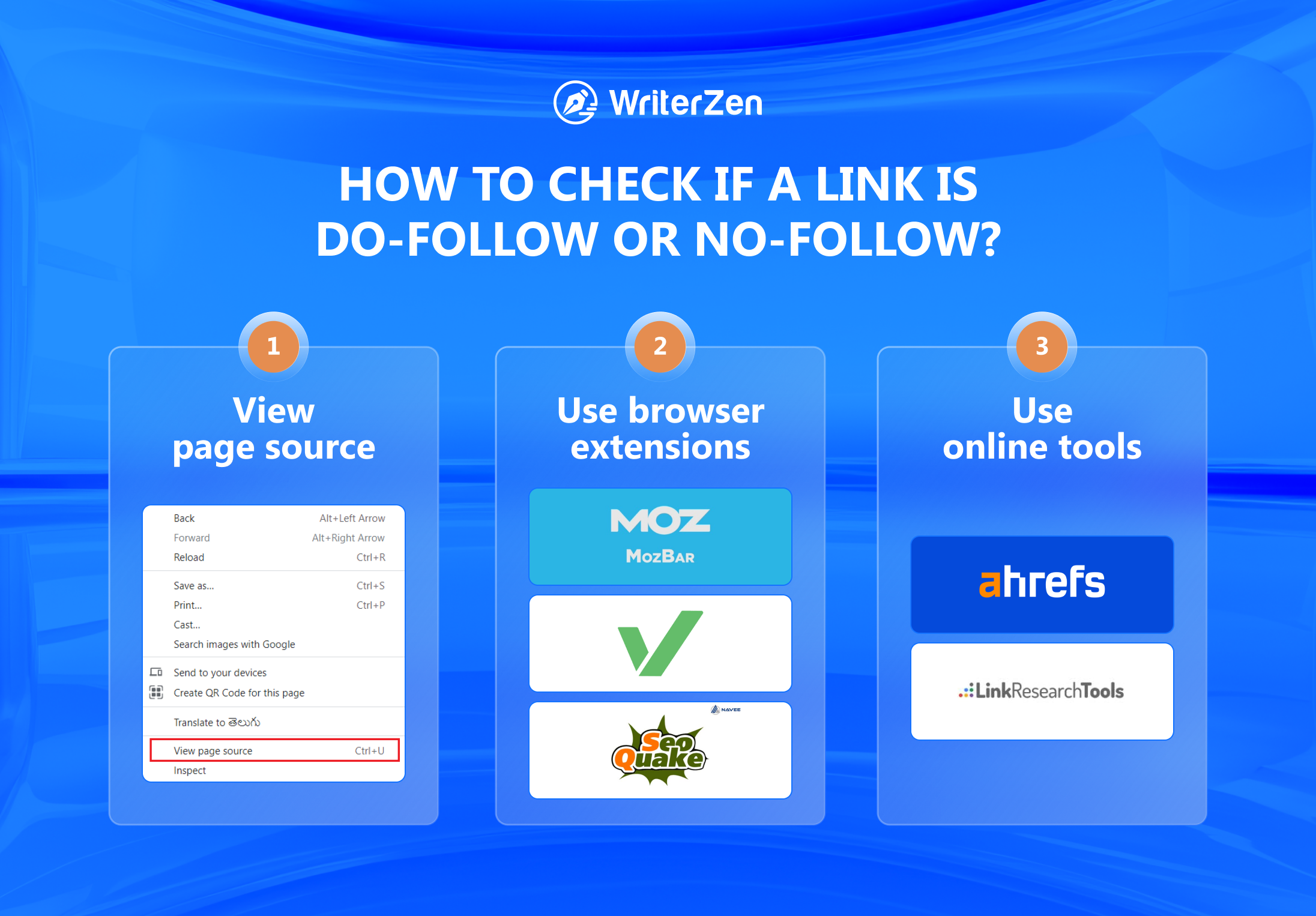
To check if a link is a do-follow or no-follow link, you can use the following methods:
-
View page source: Right-click on the link and select "Inspect" or "View page source" in your browser. Look for the hyperlink code and check if there is a rel="nofollow" attribute present. If there is, the link is a no-follow link. If not, it is likely a do-follow link.
-
Use browser extensions: There are several browser extensions available, such as the MozBar or the NoFollow Chrome extension, that can highlight do-follow and no-follow links on a page.
-
Use online tools: There are several online tools available, such as the Link Research Tools or Ahrefs Backlink Checker, that can analyze a page's links and indicate whether they are do-follow or no-follow links.
Final Thoughts
In conclusion, do-follow and no-follow links are important for SEO and website ranking. Do-follow links pass link equity and authority to the linked page, which can improve its search engine rankings. No-follow links do not pass link equity, but they can still be useful for avoiding penalties and maintaining a natural link profile.
When using do-follow or no-follow links, it's important to follow best practices, such as linking to high-quality, relevant sites, using anchor text wisely, and monitoring your link profile.


